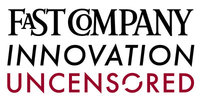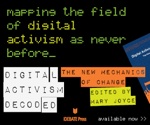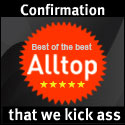This session, part of eduWeb2012, gave the audience a quantitative and qualitative overview of how institutions have adopted analytics to inform their marketing decisions. Karine Joly share the main results of the 3rd yearly survey on the State of Web and Social Media in Higher Ed 2012, trends, emblematic success stories and useful resources.
STATISTICS
- 97% of institutions track web traffic.
- Top analytic tools: Google Analytics (97%), Facebook (62%, not growing as much as Google Analytics is), YouTube (40%, big uptake from last year).
- 60% of people spend less than 2 hours a week on analytics (67% in 2011, 72% in 2010), 27% spent 2-5 hours a week on analytics (22% in 2011, 17% in 2010).
- Full-time staff are beginning to be hired just for analytics.
- Who tracks conversions? Admissions (35%, 46% wish they did), Admissions applications (31%, 48%) Web content use (31%, 44%), Multimedia content use (26%, 43%), Online donations (18%, 41% wish they did - Karine feels this is surprising given how closely tied to fundraising this is).
- Who gets to see the data? Most of the time, it’s people who will implement the changes.
- Top 5 Ways institutions use analytics: 72% use it to improve the website, 66% use it to inform content web strategy, 50% use it to improve social media success.
BEYOND THE NUMBERS - A few use cases
- Lemoyne College had a website that was quite plain, they used analytics to make a much more responsive, interactive site.
- Colby College needed departmental changes to their website, the used data to show what areas departments were putting effort into that just aren’t getting any traffic. They then adjusted accordingly.
- University of Buffalo wanted to optimize their online donations. They realized that a direct link to the online donation form significantly increased referral traffic. One of the main distinctions was also the place that the link was located. When it was prominent, right away referrals increased.
- University of Chicago used analytics to increase SEO on YouTube. They made some key changes to titling, posted the same video with different titles, and noticed the difference in search.
RESOURCES: http://www.higheredexperts.com/eduweb12
The full presentation is below:








